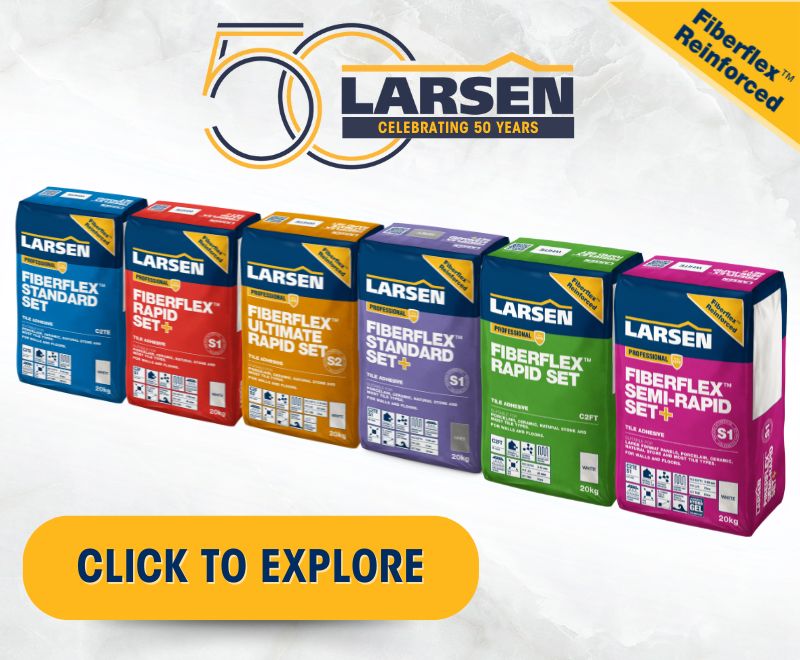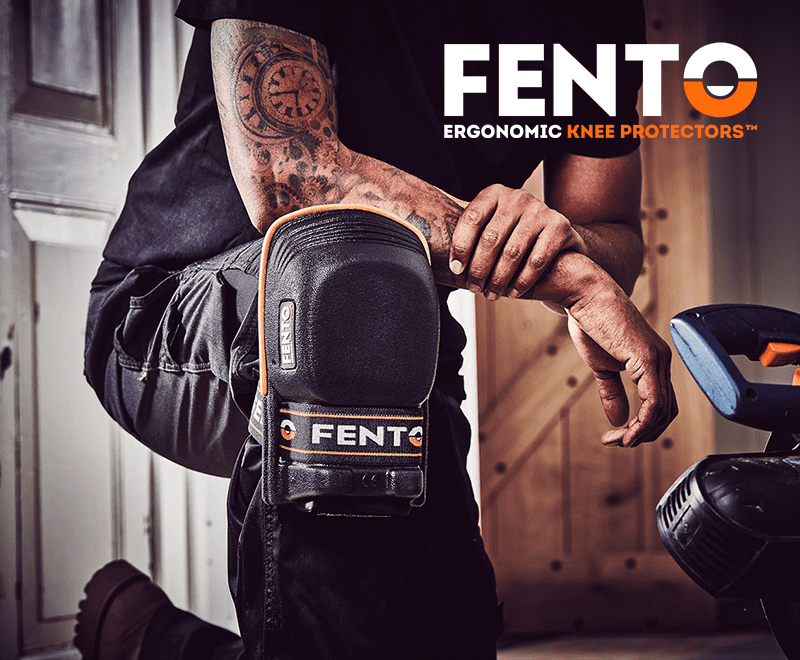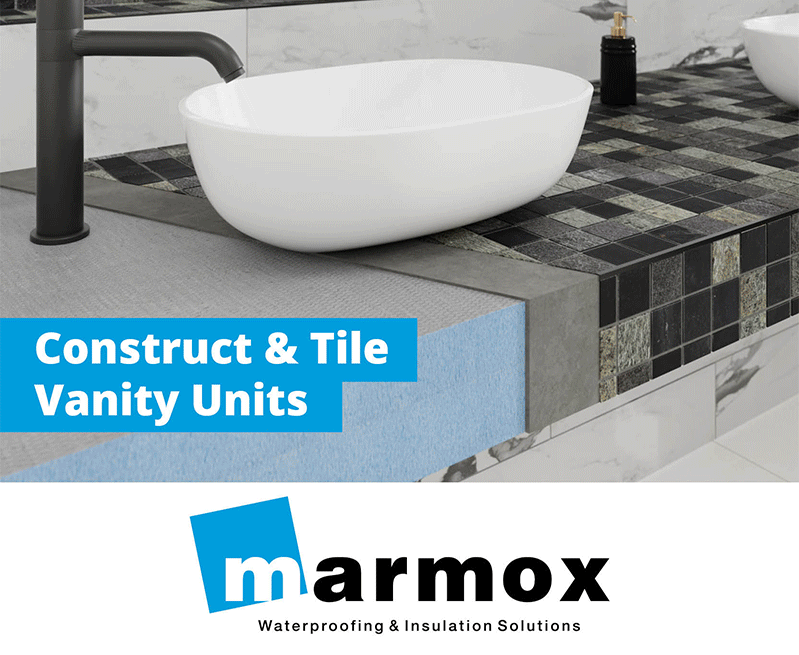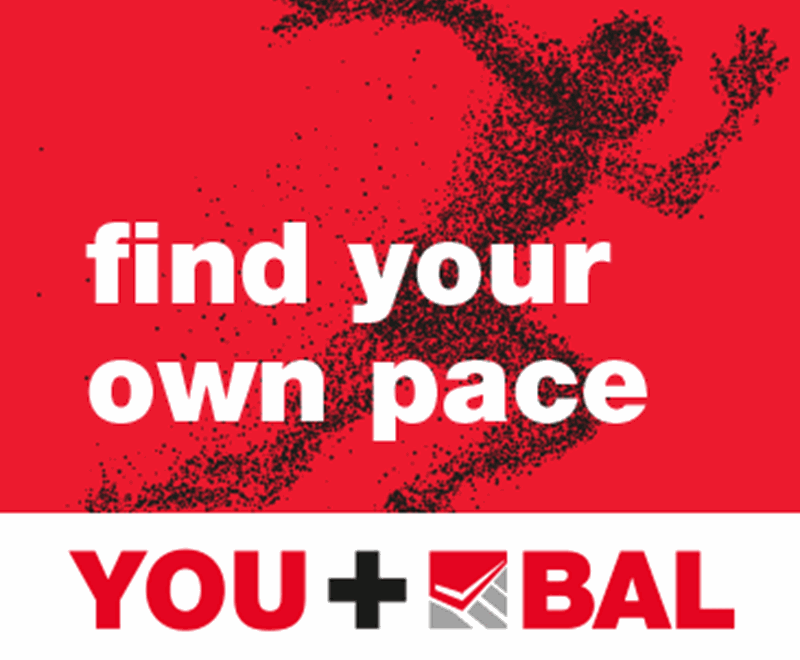WE all know what metro tiles are and their popularity, but what do distributors think? TSJ recently asked two of the biggest well-known suppliers in the UK market, Tile Mountain and Topps Tiles about their thoughts on metro tiles. Firstly, we asked Colin Lincoln-Evans, head of buying, at Tile Mountain:
Tile Mountain
Why do you think metro tiles remain such a popular choice with customers?
‘Metro tiles timelessly strike the perfect balance between classic design and contemporary appeal. They’re versatile, affordable, and work in almost any setting, whether you’re updating a period property or creating a modern industrial look. Their scale makes them easy to use in both small and large projects allowing consumers to achieve a high-end look with minimal effort’.
What are the most common colours/finishes people are choosing right now (gloss, matt, bevelled, crackle glaze etc.)?
‘Gloss white bevelled tiles are still the best-sellers, but we’ve seen a shift towards matt finishes in soft neutrals such as sage green and cream. Deeper tones such as navy, forest green, and even plum remain popular for those looking to make a statement. Crackle glazes and handmade-effect finishes are also on the rise, as people look for texture and individuality’.
Are there any surprising or unusual ways you’ve seen customers use metro tiles?
‘We’ve seen them used in hallways at a half height and paired with bold paint colours, which can create a dramatic entrance.’
Have you noticed any new trends in how people are laying metro tiles (e.g. herringbone, vertical stack, mixed colours)?
‘Yes – the traditional brick-bond layout still dominates, but herringbone and vertical stacking have really taken off. Mixing different tones of the same colour family to create a tonal ombré effect is another growing trend. Customers are also experimenting with alternating gloss and matt finishes to add subtle variation.’
Which room of the home do you see them used in most – kitchens, bathrooms, or elsewhere?
‘Kitchens and bathrooms are still the mainstays – particularly as splashbacks and in shower enclosures, but cloakrooms and utility rooms are a close second. Their practicality and compact size make them ideal for these smaller, high-traffic areas.’
What advice would you give customers when choosing metro tiles for their home?
‘Think about the overall style you want to achieve and how the tiles will interact with lighting, paint colours, and fittings. A light tile in a gloss finish will bounce light around a dark kitchen beautifully, while a matt green may suit a more rustic scheme.’
Are there any practical considerations people often overlook (grout colour, tile size, cleaning/maintenance)?
‘Grout choice is often overlooked but can completely change the finished look, a dark grout with a lighter tile can give a modern, graphic edge, whilst a classic white grout can frame a tile and allow it to be the main feature. Darker tiles with a gloss finish can benefit from the use of a fine gout that reduces the chances of scratching during installation. Cleaning is always a consideration: gloss tiles are generally easy to wipe clean, while a matt finish can hide watermarks.’
TOPPS TILES
Next we asked Harriet Goodacre, brand communications manager at Topps Tiles:
Why do you think metro tiles remain such a popular choice with customers?
“Metro tiles are a cost-effective choice, offering simplicity in design, making them an ideal option for affordable, quick and stylish updates to interiors including kitchens, bathrooms, and even feature walls. Their clean, timeless, high-end aesthetic allows them to complement a wide range of design styles, from traditional to contemporary. Additionally, metro tiles are easy to install, maintain, and replace, ensuring they are a practical choice for busy households or commercial spaces.’
What are the most common colours/finishes people are choosing right now (gloss, matt, bevelled, crackle glaze etc.)?
‘Typical white gloss remains the most popular choice due to its timeless appeal and versatility. This finish brightens spaces and offers a sleek, modern look that complements various design styles. Its reflective surface helps make areas appear more spacious, while also being easy to clean, making it a favoured option for kitchens and bathrooms. As a result, many homeowners continue to choose white gloss for their colour and finish selections.
Are there any surprising or unusual ways you’ve seen customers use metro tiles?
‘Not that I’ve seen, they’re usually traditional choices. However, some customers have experimented with creative layouts, like arranging metro tiles in a herringbone or chevron pattern for a fresh take. Others have combined contrasting grout colours to make the tiles stand out, adding a bold, unique touch to otherwise classic designs.’
Have you noticed any new trends in how people are laying metro tiles (e.g. herringbone, vertical stack, mixed colours)?
“Metro tiles tend to be a classic choice, most often laid in a horizontal 50:50 brick bond pattern. Herringbone remains a consistently popular option for adding subtle interest without deviating too far from tradition. Complete mixed colours, however, are quite rare – when colour clash is introduced, it’s usually through a vibrant tile and grout combination rather than a blend of tile shades.”
Which room of the home do you see them used in most – kitchens, bathrooms, or elsewhere?
‘Kitchen splashbacks predominantly showcase metro tiles due to their timeless appeal and practicality. Their glossy finish and easy-to-clean surface make them ideal for protecting walls from splashes and stains while adding a stylish element to the heart of the home. However, they are also commonly seen in bathrooms, where their versatility allows for both classic and contemporary designs.’
What advice would you give customers when choosing metro tiles for their home?
“When choosing metro tiles, consider whether the smaller dimensions suit the space and how the colour or style complements your overall design. Don’t overlook grout colour, as it can create a striking contrast for a modern look or blend seamlessly for a more traditional feel.”
Are there any practical considerations people often overlook (grout colour, tile size, cleaning/maintenance)?
‘Choose a practical grout colour when using in a wet area or an area prone to splashing (like a kitchen cooker) as this can create a heavier cleaning and maintenance routine. Otherwise, metro tiles are very practical when in a gloss finish as they wipe clean easily.’
Do you find customers are mixing metro tiles with other tile formats or materials?
‘Yes, customers often mix metro tiles with stone-effect or wood-effect tiles to create a unique aesthetic tailored to the room’s purpose. For instance, pairing metro tiles with stone-effect tiles can evoke a more rustic or natural feel, making them ideal for kitchens or bathrooms with a timeless charm.’
How do you see the popularity of metro tiles evolving in the next few years?
‘Metro tiles are defined by their classic small format aesthetic, which keeps them a staple in design trends. While stark white metro tiles have long been a popular choice, we anticipate a shift towards bolder and more varied colours to add personalisation and flair to interiors, such as browns and greens. At the same time, as general tile sizes continue to grow, those seeking smaller tiles are likely to gravitate towards metro tiles, as they remain the most dominant and versatile small-format option. Their timeless appeal ensures they will continue to hold a strong presence in both traditional and contemporary spaces.’










